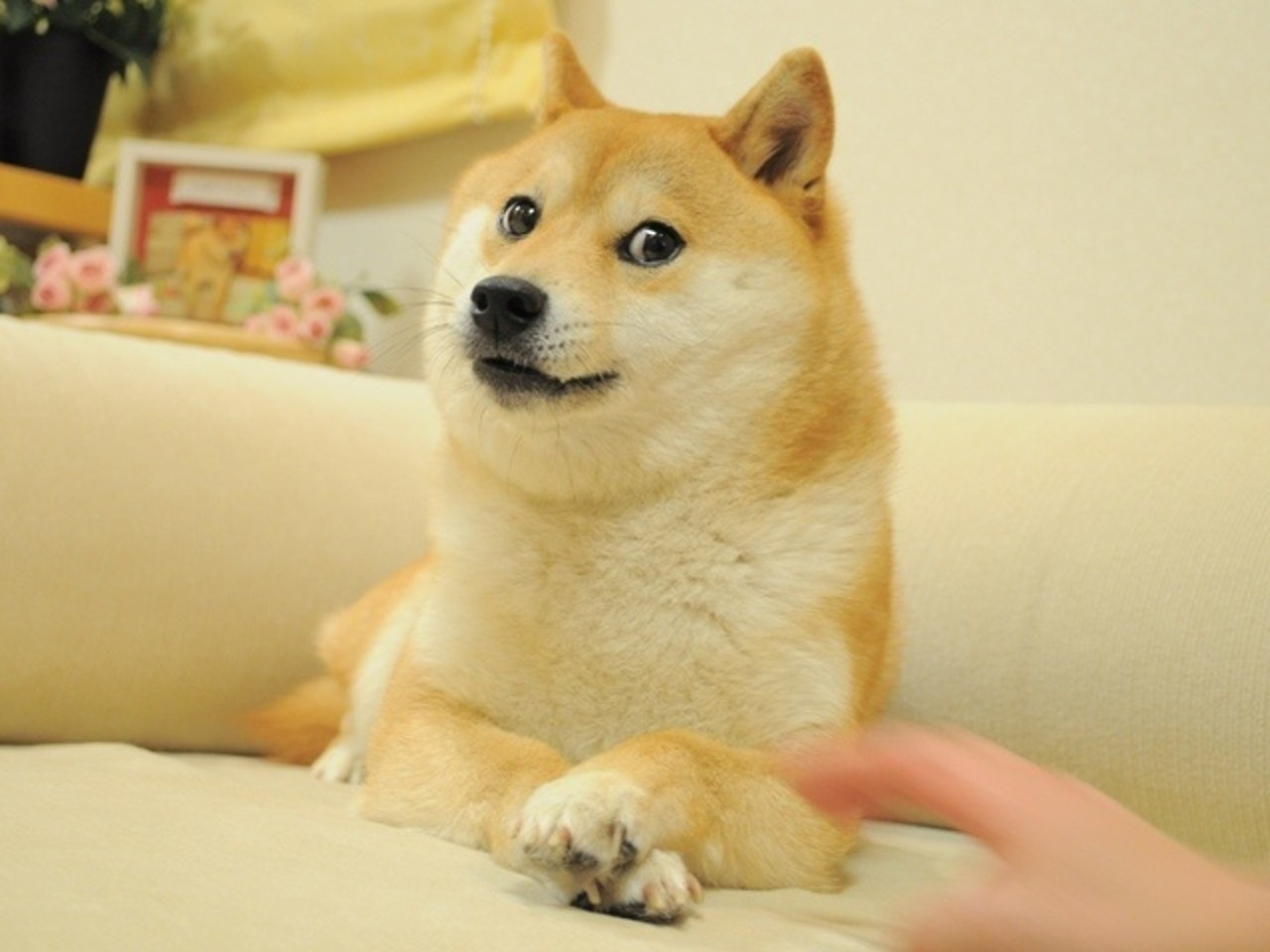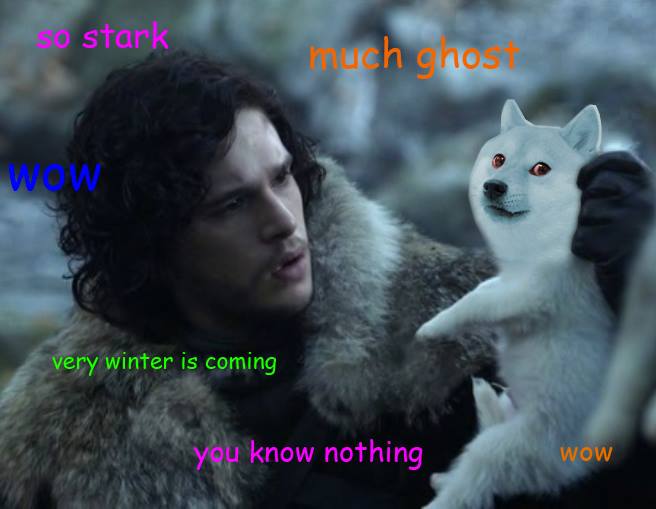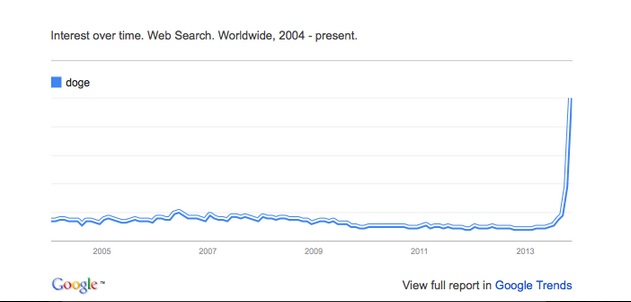Filtered By: Hashtag
Hashtag
Tracing the doge: Real-life Shiba Inu dog in meme identified
Who would have thought the picture of a fluffy Shiba Inu dog, resting upon a sofa, looking askance at the camera with an expression of either playful mischief or wary skepticism, would take the social media world by storm?

Certainly not 51-year-old Atsuko Sato, who was shocked to see weird pictures of her pet dog, Kabosu, all over the internet. Now, thanks to Kyle Chayka of The Verge, the story of this kindly Japanese kindergarten teacher and her precious Shiba Inu-turned-internet superstar can be told.
“I was taken aback,” said Sato, regarding the meme. “It felt very strange to see her face there. It was a Kabosu that I didn’t know.”
Unknown to Sato, eight-year-old Kabosu had already become the accidental star of the ridiculously popular internet meme, “doge.” The way the meme works is simple: you have an image of a dog of the Shiba Inu breed (or even just a copy of Kabosu's pic), which is then riddled with often intentionally misspelled words and grammatically-challenged phrases used to convey the essence of the picture from the dog’s perspective.
The font used is always Comic Sans in every color of the rainbow, and the most commonly used words are “wow”, “amaze”, and intensifiers such as “so”, “such”, “very”, and “much” paired with nouns, adjectives, or verbs. Here is an example of such a combination: “Wow. So scare. Much danger. Very afraid. Wow.”
The font used is always Comic Sans in every color of the rainbow, and the most commonly used words are “wow”, “amaze”, and intensifiers such as “so”, “such”, “very”, and “much” paired with nouns, adjectives, or verbs. Here is an example of such a combination: “Wow. So scare. Much danger. Very afraid. Wow.”
Often, the Shiba Inu’s face is inserted via Photoshop into an otherwise unrelated image. This gives viewers a window into the dog’s internal monologue as it observes, judges, reflects on or reacts to the specific scene – to very humorous effect.
Like so:
Like so:

From puppy mill rescue dog
In November 2008, Sato visited an animal shelter and decided to bring home a pet. The Shiba Inu she eventually adopted had previously been rescued from a puppy mill, and had already been scheduled to be put down at said shelter.
“She was a pedigreed dog from a puppy mill, and when the puppy mill closed down, she was abandoned along with 19 other Shiba dogs,” said Sato. “Some of them were adopted, but the rest of them were killed.”
One of the shelter’s volunteers was responsible for naming Sato’s Shiba Inu.
“Her face is very round just like kabosu (a Japanese citrus fruit). I thought the name was perfect, so I kept it,” Sato explained. “She was not loved when she was little, so I want to shower her with love as a member of my family.”
Sato started taking pictures of her beloved Kabosu, and posting the images online in her personal blog for the world to see. What happened next, as they say, is meme history.
The dog that launched 1,000 doges
“Kabosu is very different from the typical temperament of Shiba,” stated Sato. “She’s very gentle and calm; she loves being photographed.”
Kabosu and Sato’s two cats, Ginnan and Tsutsuji, feature prominently in the blog, which she started in June, 2009. The countless photos have made the site a success; at 75,000 hits a month, it has become Japan’s fourth most popular blog about pets. Sato has not wasted this fame, using the site to raise awareness about pet adoption and the perils of puppy mills.
“I want more people to know about animal shelters and puppy mills,” said Sato. “I’d like to give back to them somehow, helping those abandoned animals. It’ll be nice that Kabosu can play that role.”
Though Kabosu was already well-loved in her home country, on February, 2010, Sato uploaded the snapshot that would later skyrocket the Shiba Inu’s fame for a very different reason in the rest of the world.
The word “doge” actually existed long before Kabosu’s rise to stardom, in June 24, 2005, an episode of “Homestar Runner’s” puppet show misspelled the word “dog”.
In 2010, the word resurfaced on Reddit, when someone uploaded a photo of a Corgi, entitled “LMBO LOOK @ THIS FU**IN DOGE.” Said post immediately went viral, which encouraged many others to appropriate the word “doge” for their own social media uploads.
In September, 2012, the Tumblr blog Shiba Confessions, described as “funny text in Comic Sans over unrelated pictures of Shibas,” went live. It was here the doge meme became identified with silly dog images, and where it would eventually evolve into its present form.
In July 2013, Sato’s infamous photo of her beloved pet, which had already been making the rounds of the internet, became the meme’s unofficial icon, unwittingly turning Kabosu into its mascot.
A Google Trends report tweeted by Asher Wolf shows how the meme has exploded in virality.

A Google Trends report tweeted by Asher Wolf shows how the meme has exploded in virality.

Such success. Much theories.
Many have tackled the issue of what makes doge such a successful, catchy meme.
Linguistics academic “cinquespotted” of the Tumblr site Lingua Fandom compared doge to the LOLcat meme, citing the former’s ability to express ideas despite being linguistically simpler than the latter. This sets doge apart from the general trends of internet memes.
“Basically – doge seems to have a simpler, or at least more regimented, grammatical structure than LOLcat, which in turn seems to allow it to explore more complex philosophical ideas,” explained cinquespotted.
Annalee Newitz of io9 echoed this statement, saying, “it’s a meme of contemplation rather than action… Doge allows us to express something that LOLcat never did. LOLcats are devoted to abrupt exclamations, rude proclamations, and simple assertions. Doge lets us express our dreamy, muddled thoughts in all their complexity. They let us literally represent how a picture can be worth a thousand words, rather than just a brief LOL caption.”
Perhaps it this capacity to adapt to any situation, topic, and anything under the sun worth having an internal monologue about that makes doge so addictive and hilarious.
Whatever the case, the meme is such a hit that it has generated all manner of discussion, including how the term “doge” itself should be pronounced. Some argue that “doge” rhymes with “vogue,” while others insist it sounds more like the historical term, “dohj.” — KDM, GMA News
More Videos
Most Popular



